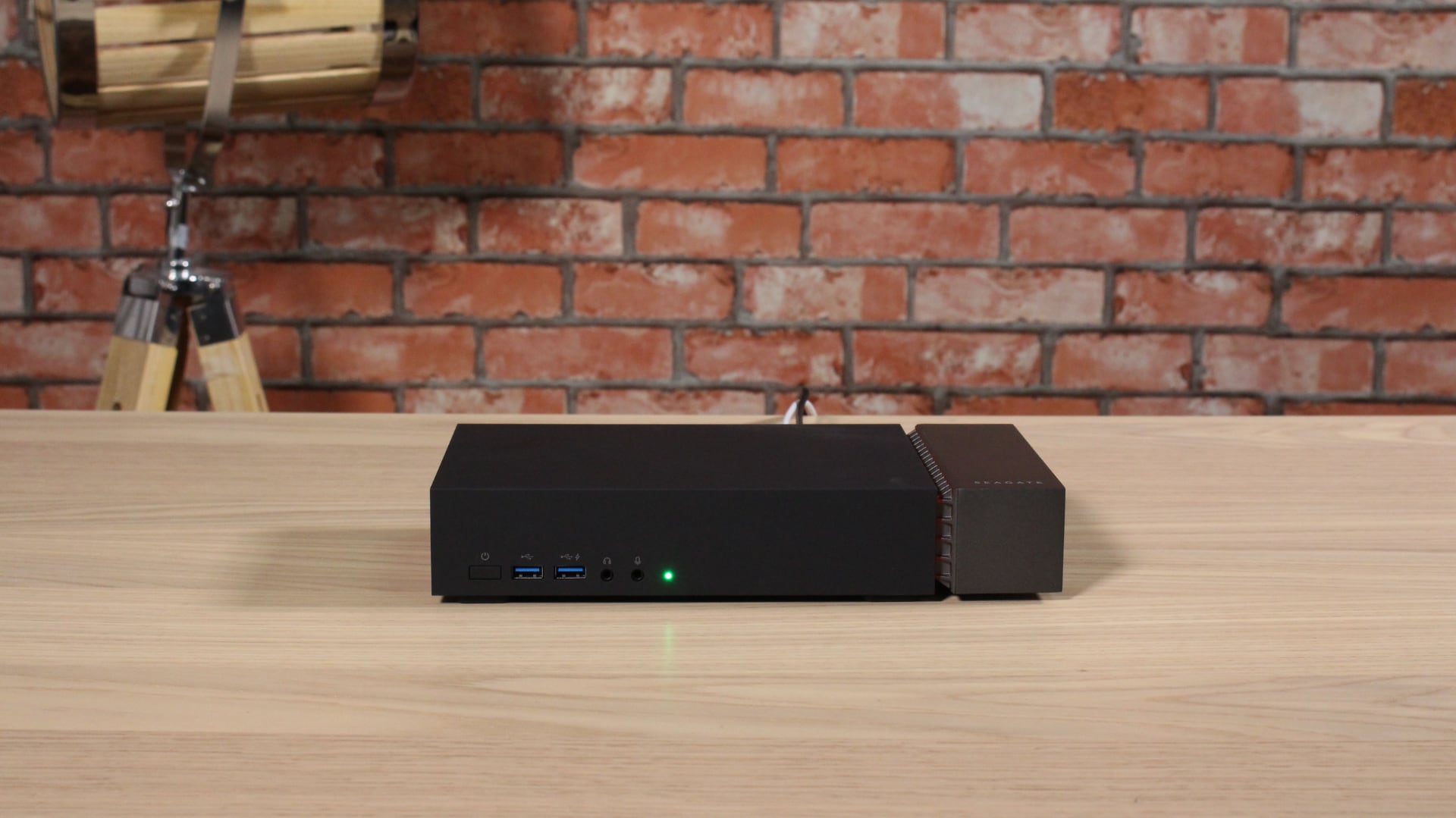TechRadar Verdict
The Seagate FireCuda Gaming Dock adds a decent number of expansion ports to your computer, but it doesn't bring much else to the table
Pros
- +
Adds decent selection of ports
- +
Thunderbolt 3 based
- +
Power delivery and data over one cable
Cons
- -
Not exactly a gaming accessory
- -
Built-in 4TB HDD is slow
Why you can trust TechRadar
When you add the word ‘gaming’ to a product, you expect it to enhance your video game playing performance in some way or another. And when a gaming dock is mentioned, the first thing that would come to mind would be a Thunderbolt 3-powered dock with the ability to add a powerful external graphics card to your current setup.
However the Seagate FireCuda Gaming Dock isn't that kind of dock. It's essentially a massive hard drive that doubles as an expansion bay for your laptop, so you can plug in additional devices without an ocean of wires littering your desk.
Pricing and availability
The Seagate FireCuda Gaming Dock is currently available for US$429 or AED 1,575. Seagate includes a 4TB hard drive in that price, but there's no option to buy the dock without the hard drive, or with a different capacity.
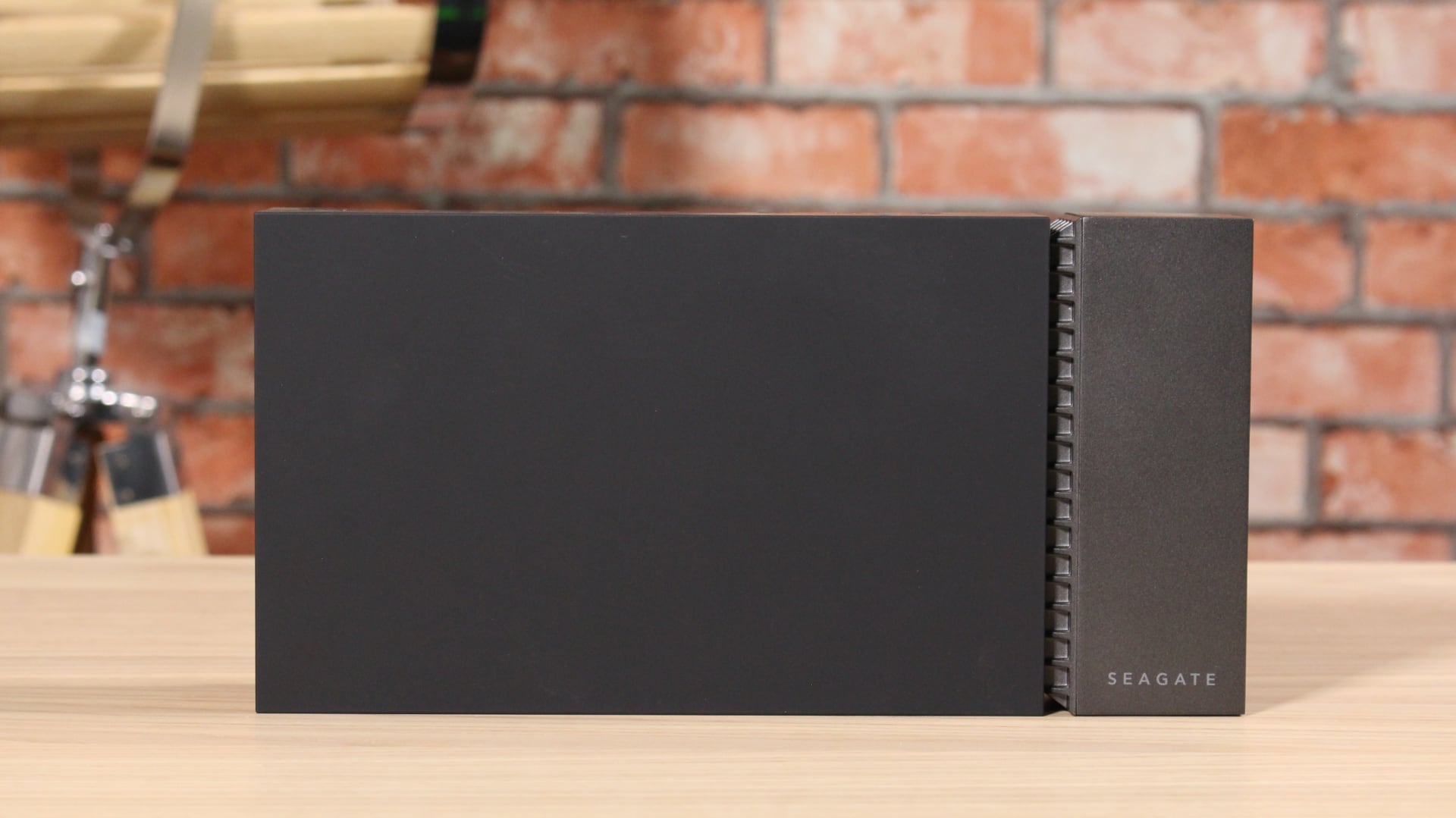
Design
The FireCuda Gaming Dock is primarily aimed at those with gaming laptops, as it allows users to easily expand upon the number of ports that are often limited on laptops. You can of course use the FireCuda Gaming Dock for desktop PCs as well, so that you don’t have a mess of wires going all over the place.
Finished in a gorgeous matte black, the FireCuda Gaming Dock measure 51x270x135mm and weighs 2.67kg, which does not include the massive power adapter. This makes it larger in volume than the Mac Mini, which is a full-fledged computer.
It has two full sized USB 3.1 ports on the front along with audio input and output as well as a power button. What’s missing is an SD card reader on the front, which would have definitely been helpful for creative types to access their media files quickly.
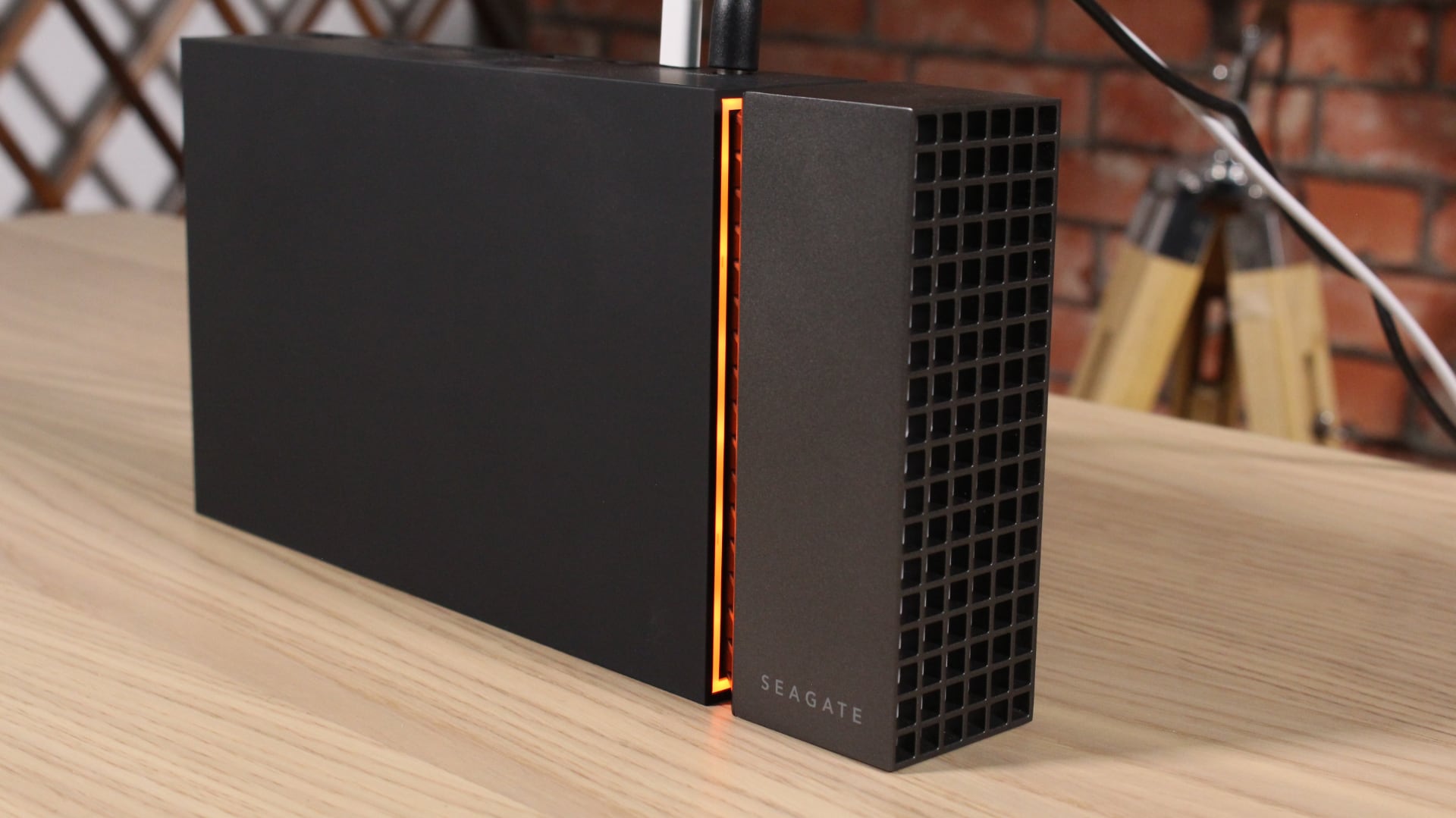
The back has three additional USB ports along with an RJ45 connector for networking, a DisplayPort connector for a pass-through of your computer’s graphics, and the power connector. One of the USB Type-C ports on the back can also provide power directly to your laptop.
The right side of the unit slides out, and this is where you can find the NVMe slot protected through a heatsink. It’s a full-sized slot, which means that you should be able to equip almost any m.2 drive, and the heatsink is a nice touch. The RGB lighting is also handled from this side, and while it looks nice it’s not enough to label this as a gaming product.
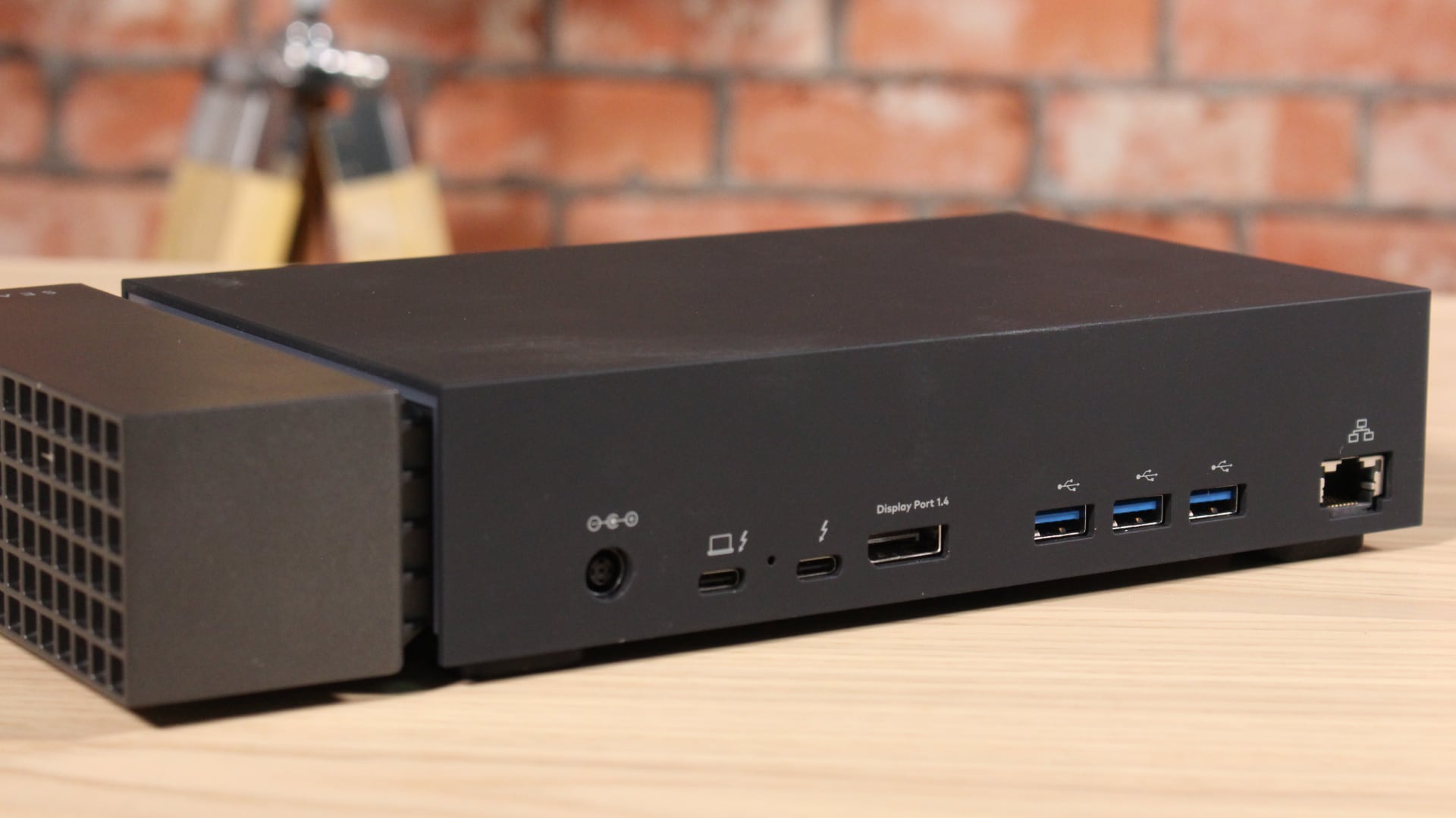
Usability
We connected our MacBook Pro 15-inch to the FireCuda Gaming Dock through USB Type-C Thunderbolt 3 and that was the only connection required. The MacBook Pro started charging and recognized the 4TB drive immediately.
We then used the DisplayPort to connect an external monitor, as well as the USB ports for a mouse and keyboard which worked fine. One issue we faced was that the DisplayPort wasn’t able to power an LG Ultrawide monitor at its full resolution. That same monitor, directly connected to the MacBook Pro through a USB Type-C to HDMI cable had no issues, but with the dock we couldn’t get it to switch to ultrawide resolutions.
For testing the internal 4TB drive, we set it up as a Time Machine drive to backup the Mac, and after using it for ten minutes, we realized why the industry has moved away from mechanical drives to solid state drives - they are incredibly slow. We’re not quite sure why Seagate added the 4TB mechanical drive to the FireCuda Gaming Dock- especially since gaming is associated with speed. A better option would have been to provide two user accessible 2.5-inch bays that could be equipped with solid state drives instead.
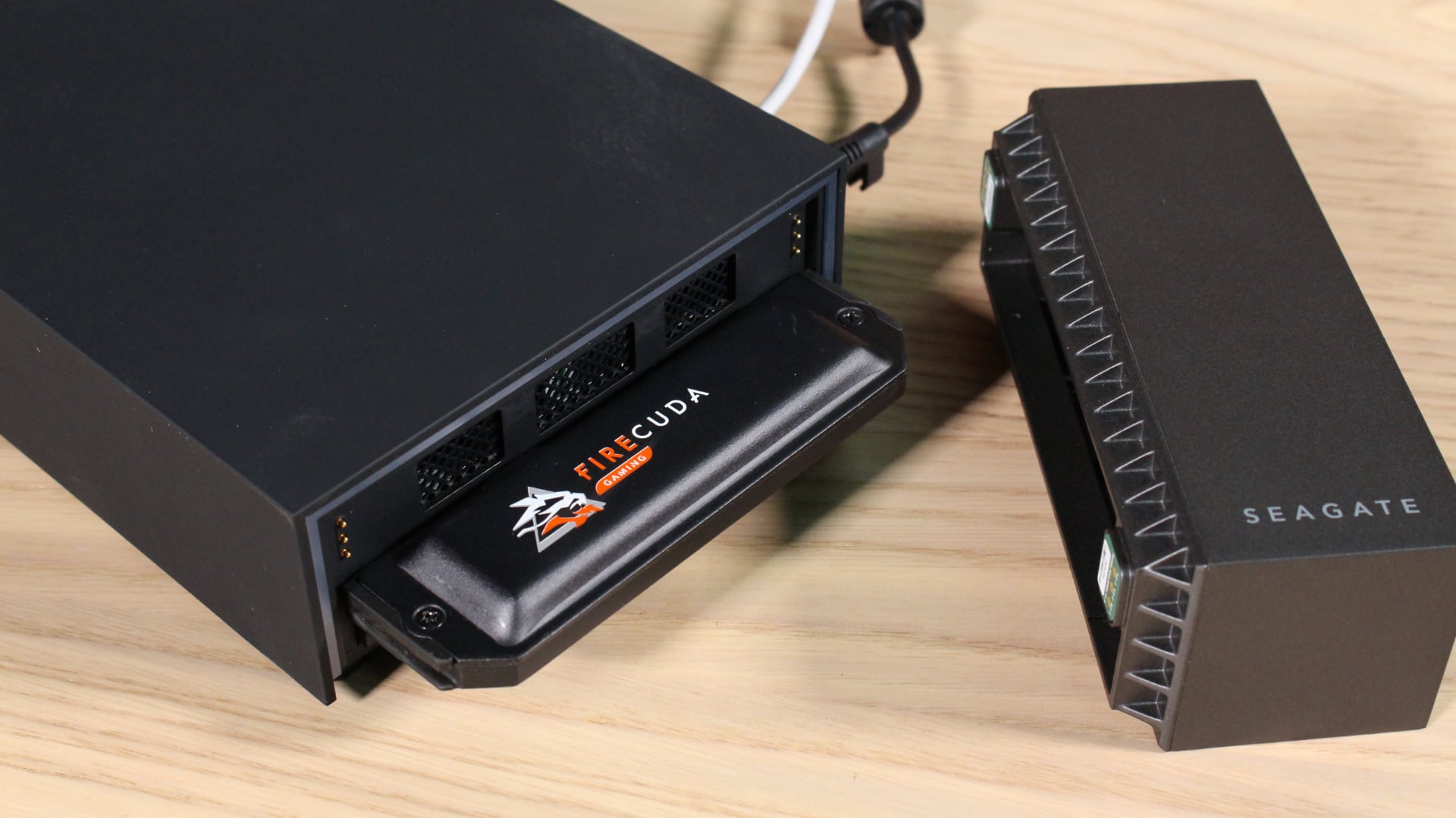
Verdict
Apart from being a good way to expand your laptop’s connectivity options, there’s not much here to really enjoy about the FireCuda Gaming Dock. Seagate should have avoided mechanical hard drives altogether, and just labelled this as the FireCuda expansion dock.
There’s nothing here to justify the ‘gaming’ portion of this product’s name - simply adding RGB lighting doesn’t make your product gamer-ready. A proper expansion slot or even a built-in graphics card such as the GTX1060 could’ve helped this product go a long way with gaming.
Where the Firecuda Gaming Dock fails is setting expectations as a gaming accessory. It simply isn’t, and at a high price tag, we’re not sure who this product is meant for.

Abbas has been living and breathing tech before phones became smart or clouds started storing data. It all started when he got his very first computer- the Sinclair ZX Spectrum. From computers to mobile phones and watches, Abbas is always interested in tech that is smarter and smaller because he believes that tech shouldn’t be something that gets added to your life- it should be a part of your life.
